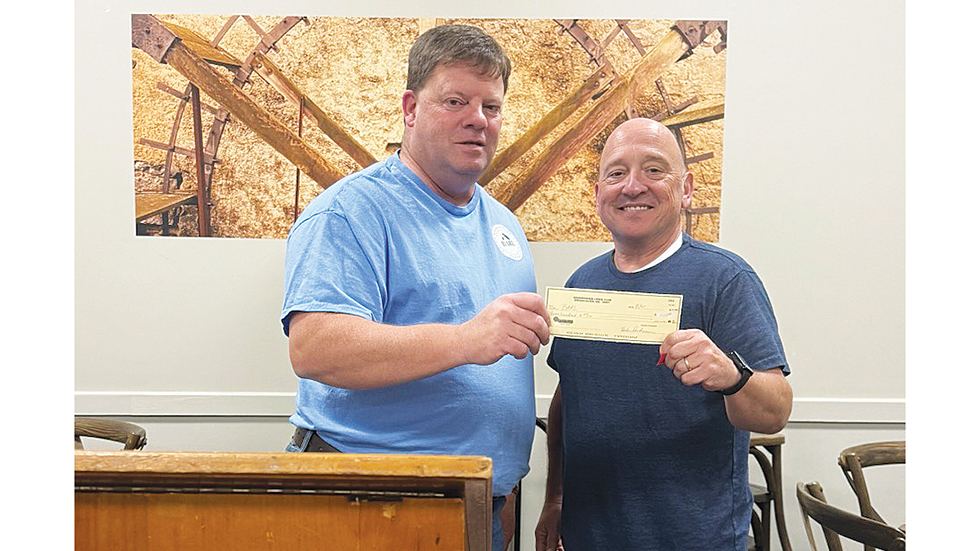Blending equality into ‘the rich mosaic of the American mainstream’
Published 2:51 pm Tuesday, July 28, 2020
This month marks three decades for the Americans with Disabilities Act (ADA). This is the second in a series of columns about the historic legislation.
The Americans with Disabilities Act (ADA), signed into law on July 26, 1990, sought to eliminate discrimination on the basis of disability in several areas — employment, transportation, public accommodations, communications and access to state and local government programs and services.
Testifying to its success, today few, if any, public spaces don’t contain proof of the extensive ADA footprint. Even the most unlikely bathroom at the most obscure state park bears the mark of adherence. You’ll find a grab bar installed by a 19-inch (max) tall toilet, right next to a wall-mounted sink with wrap pipes and 6 inches of foot clearance — all designed with wheelchair accessibility in mind.
Trending
Things were different when injured veterans returned from America’s world wars. Their attempts at coping in wheelchair-unfriendly public terrain made disability issues more visible, but decades would come and go before the movement garnered major success: passage of the Rehabilitation Act of 1973. That act, twice vetoed by President Nixon before his consent, was the first law to protect the civil rights of people with disabilities. Seventeen years later, the ADA upped the ante by requiring reasonable accommodations in public spaces and workplaces for people with disabilities. At its signing, President George H.W. Bush said he hoped people with disabilities would be given the opportunity to “blend fully and equally into the rich mosaic of the American mainstream.”
But critics maintain the ADA has yet to deliver on its banner promise to increase significantly employment numbers among the disabled. The employment-to-population ratio for working-age people with disabilities was only 19 percent in 2018, compared with 66 percent for those with no disabilities. The data is hard to untangle, though. As the ADA lessened the stigma of disabilities, the number of Americans claiming disabled status increased to as many as 1 in 5, according to the last census. That trend makes defining disabilities — and the capabilities of people with disabilities — complicated business, and not only for those involved on the accessibility side.
You might not know it, but the long arm of the law reaches into disability fraud, too. The Social Security Administration employs investigators to check out the validity of all kinds of disability claims, from back pain to agoraphobia, an anxiety disorder that can involve fear of crowds. Investigations often initiate at the request of a doctor who suspects fraud and wants to ask a patient bearing application forms, “How come I’m working, and you aren’t?”
One reason: Disability can be lucrative.
Here in Mississippi, a state that routinely ranks among the top five for doling out disability benefits, monthly checks average $969. That was temptation enough for a middle-aged Forrest County woman to claim debilitating rheumatoid arthritis. She applied for benefits, and since the amount is based on prior income, she got them to the tune of $2,000-plus per month. The bank deposits went on for years until an investigator videotaped her teaching a surprising class at the local gym — aerobics.
The same was true in Wisconsin, where investigators observed a “blind” claimant driving and operating a ski boat. He had to pay back $175, 000.
Trending
In Texas, courts convicted a gravedigger of fraud. He would dig graves using a tractor and shovel, and set up and take down tents, chairs, and artificial grass used during services. He performed all of these tasks while reporting to Social Security he couldn’t work because of back disorders. He and his dependents collected almost $150,000 in payments — but they had to pay all of it back, and he was sentenced to prison for 18 months.
You can contact Kim Henderson at kimhenderson319@gmail or follow her on Twitter at @kimhenderson319.





